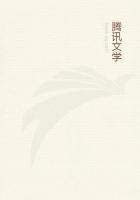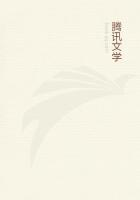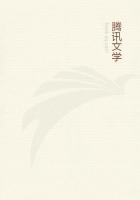1As to the parts internal and external that all animals are furnished withal, and further as to the senses, to voice, and sleep, and the duality ***, all these topics have now been touched upon. It now remains for us to discuss, duly and in order, their several modes of propagation.
These modes are many and diverse, and in some respects are like, and in other respects are unlike to one another. As we carried on our previous discussion genus by genus, so we must attempt to follow the same divisions in our present argument; only that whereas in the former case we started with a consideration of the parts of man, in the present case it behoves us to treat of man last of all because he involves most discussion. We shall commence, then, with testaceans, and then proceed to crustaceans, and then to the other genera in due order; and these other genera are, severally, molluscs, and insects, then fishes viviparous and fishes oviparous, and next birds; and afterwards we shall treat of animals provided with feet, both such as are oviparous and such as are viviparous, and we may observe that some quadrupeds are viviparous, but that the only viviparous biped is man.
Now there is one property that animals are found to have in common with plants. For some plants are generated from the seed of plants, whilst other plants are self-generated through the formation of some elemental principle similar to a seed; and of these latter plants some derive their nutriment from the ground, whilst others grow inside other plants, as is mentioned, by the way, in my treatise on Botany.
So with animals, some spring from parent animals according to their kind, whilst others grow spontaneously and not from kindred stock; and of these instances of spontaneous generation some come from putrefying earth or vegetable matter, as is the case with a number of insects, while others are spontaneously generated in the inside of animals out of the secretions of their several organs.
In animals where generation goes by heredity, wherever there is duality of *** generation is due to copulation. In the group of fishes, however, there are some that are neither male nor female, and these, while they are identical generically with other fish, differ from them specifically; but there are others that stand altogether isolated and apart by themselves. Other fishes there are that are always female and never male, and from them are conceived what correspond to the wind-eggs in birds. Such eggs, by the way, in birds are all unfruitful; but it is their nature to be independently capable of generation up to the egg-stage, unless indeed there be some other mode than the one familiar to us of intercourse with the male;but concerning these topics we shall treat more precisely later on. In the case of certain fishes, however, after they have spontaneously generated eggs, these eggs develop into living animals; only that in certain of these cases development is spontaneous, and in others is not independent of the male; and the method of proceeding in regard to these matters will set forth by and by, for the method is somewhat like to the method followed in the case of birds. But whensoever creatures are spontaneously generated, either in other animals, in the soil, or on plants, or in the parts of these, and when such are generated male and female, then from the copulation of such spontaneously generated males and females there is generated a something-a something never identical in shape with the parents, but a something imperfect. For instance, the issue of copulation in lice is nits; in flies, grubs; in fleas, grubs egg-like in shape; and from these issues the parent-species is never reproduced, nor is any animal produced at all, but the like nondescripts only.
First, then, we must proceed to treat of 'covering' in regard to such animals as cover and are covered; and then after this to treat in due order of other matters, both the exceptional and those of general occurrence.
2Those animals, then, cover and are covered in which there is a duality of ***, and the modes of covering in such animals are not in all cases similar nor analogous. For the red-blooded animals that are viviparous and furnished with feet have in all cases organs adapted for procreation, but the ***es do not in all cases come together in like manner. Thus, opisthuretic animals copulate with a rearward presentment, as is the case with the lion, the hare, and the lynx; though, by the way, in the case of the hare, the female is often observed to cover the male.
The case is similar in most other such animals; that is to say, the majority of quadrupeds copulate as best they can, the male mounting the female; and this is the only method of copulating adopted by birds, though there are certain diversities of method observed even in birds. For in some cases the female squats on the ground and the male mounts on top of her, as is the case with the cock and hen bustard, and the barn-door cock and hen; in other cases, the male mounts without the female squatting, as with the male and female crane; for, with these birds, the male mounts on to the back of the female and covers her, and like the cock-sparrow consumes but very little time in the operation. Of quadrupeds, bears perform the operation lying prone on one another, in the same way as other quadrupeds do while standing up; that is to say, with the belly of the male pressed to the back of the female. Hedgehogs copulate erect, belly to belly.















